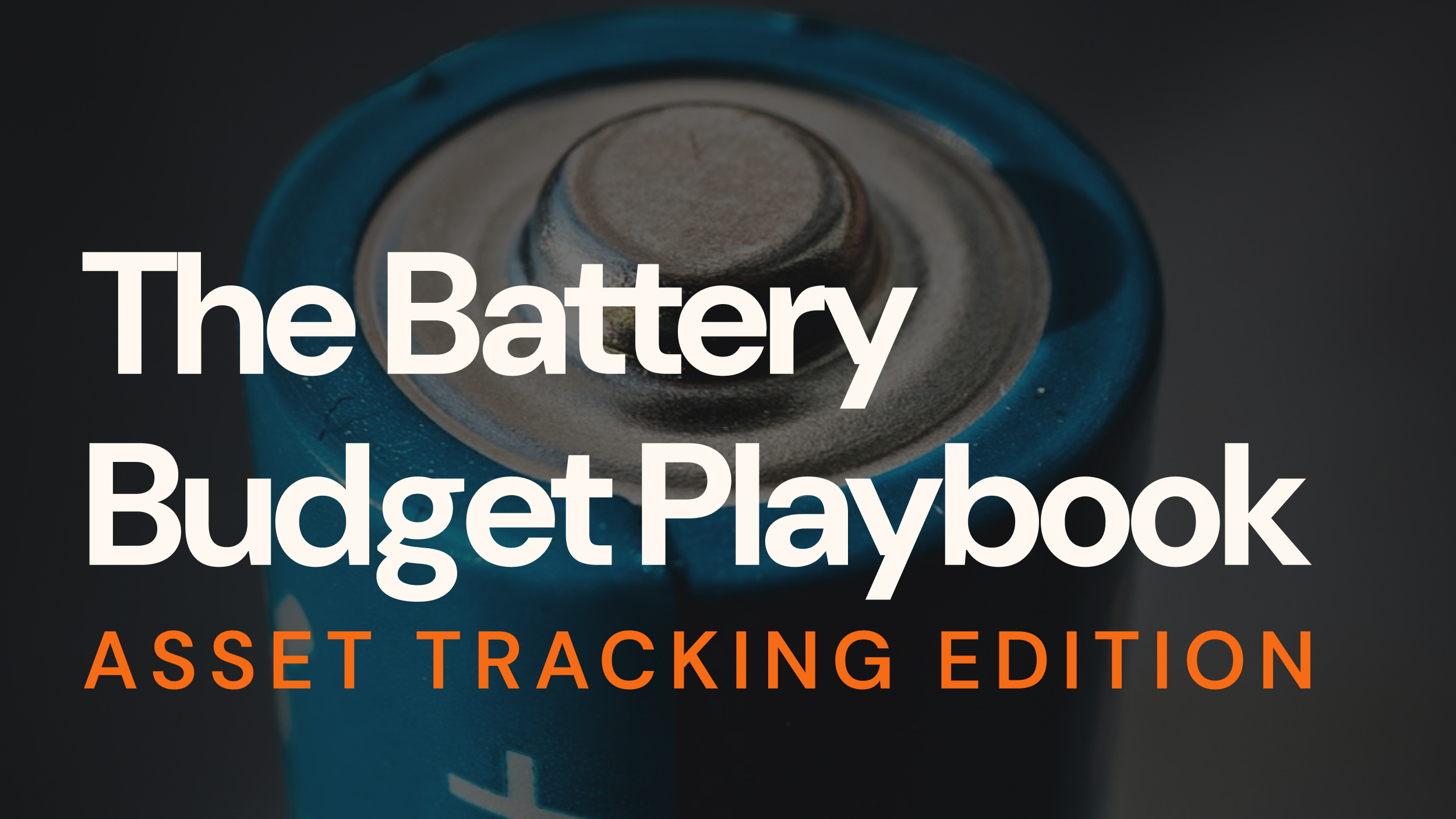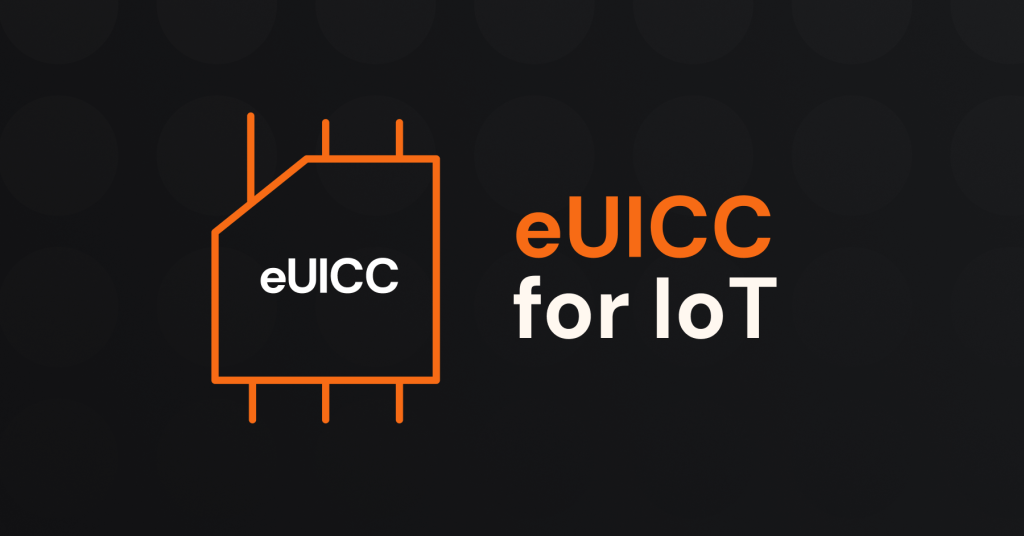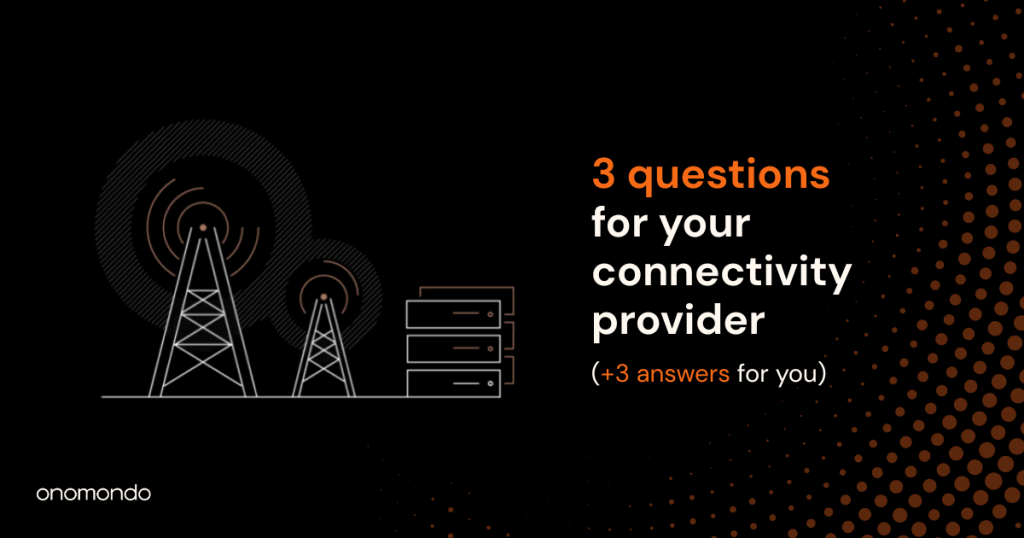Can you imagine a world where shipments are tracked in real-time, delivery times are accurate to the minute, and the entire logistics process is streamlined and efficient? This is no longer a pipe dream thanks to the evolution of IoT and connectivity technology.
But what’s holding back the widespread adoption of IoT in the logistics and shipping industry?
In this article, we’ll explore the roadblocks to widespread IoT adoption, the top factors to consider when choosing a connectivity provider, and the considerations around power and data optimization in the context of logistics and shipping.
To shed light on these challenges and provide insights into the future of IoT in logistics, we reached out to four experts from the industry to share their different perspectives.
Special thanks for your insights:
- Find Bengtsson, Lead Technology Manager at Maersk
- Matilda Bouchet, Managing Director & Head of In Cargo Monitoring at Nexxiot
- Cedric Rosemont, CEO at Traxens
- Ronen Mikdashi, VP Business Development at T42
These individuals bring a wealth of experience and knowledge to the table, and through their different and broad perspectives, we’ll gain a better understanding of the challenges and opportunities facing the industry as it moves toward a more connected future.
What are the top IoT adoption roadblocks?
IoT devices are transforming the way goods are transported by providing real-time information about their location and condition. However, despite the many benefits that IoT currently is bringing to the logistics and shipping industry, there are also significant challenges that need to be addressed before it can be widely adopted.
#1 Cost-value dilemma of new technologies
Some of the experts pointed out that the shipping industry is known for its traditional practices and tends to be slower than other industries in embracing new technologies, which makes it difficult to quickly adopt the advantages of IoT.
“When looking at shipping, there are millions of containers around the world, but we’re still lacking benefits from economies of scale as the volume of connected containers is still low. This becomes even more crucial, as shipment costs are constantly returning to the pre-COVID price range, minimizing the available cash for technology investments.” said Ronen Mikdashi, VP Business Development at T42.
Adding even a 1$ IoT device to every container or packet transported globally would result in significant costs, it is essential that the benefits the new technology enable translates into real customer value. “If it doesn’t add unique value, then the basic business case is not there” said Find Bengtsson, Lead Technology Manager at Maersk.
Ronen Mikdashi continued to share: “The market needs to be educated to consider the total cost of ownership and the overall ROI, rather than the cost of each unit. For example, to minimize telecom costs you could invest in a hybrid cellular-satellite solution. That may require higher CapEx, but for the total cost of ownership, it will improve performance.”
#2 Data quality and strategy
Cedric Rosemont, CEO at container tracking provider Traxens, highlighted issues he’s seen with accurate and reliable data. He explained that cargo owners are increasingly demanding more visibility and real-time information about the location and condition of their goods. However, current platforms that provide this visibility are based on EDI (Electronic Data Interchange) and AIS (Automatic Identification System) data, which are not always reliable or accurate enough.
He continued to explain the assumed reason for this lack of quality data, “Standardization has never occurred. Even if we can see great initiatives from the Digital Container Shipping Association to generate more data from trackers, by standardizing the API coming from shipping lines, we still have a problem with visibility as we know that shippers will have their own transport management system.”
Matilda Bouchet, Managing Director & Head of In Cargo Monitoring at Nexxiot, emphasized the need for a data-sharing strategy within large organizations. She said that some companies have already come a long way to implement a knowledge infrastructure that is powered by IoT devices and realize the additional benefits that can be derived from data if it is accessed within different departments. “Companies are accelerating the rate of IoT adaptation and will be shifting towards data democratization within organizations.” The data-sharing strategy might provide the unknown unknowns – after understanding the data that is captured, different departments might be inspired to create the insights relevant to them. This ultimately reduces information silos and increases efficiencies.

#3 Legislation and regulations
Varying legislations and regulations across countries pose a major concern for enablement of global IoT.
Find Bengtsson pointed out that global deployments are crucial for IoT success for logistics, but that navigating the various legislations and regulations can be difficult. For instance, countries may have different rules around usage of frequency spectrum, encryption or roaming, or may have special requirements for IoT devices to be imported/exported. Thus, a technology that works in one country or region may not be applicable on a global scale which poses great challenges for global IoT deployments which would benefit from more standardization.
In addition, companies must trust that the data collected from IoT devices is dependable and can be used to make informed decisions. This means among others ensuring that solutions are secure against cyber threats, have good coverage, and reliability. Solutions must be scalable across different markets without compromising consistent service level.
Cedric Rosemont highlighted legal and ethical concerns with IoT devices in containers that could help to detect cargo theft and illicit goods or trafficking. However, such devices could also create legal and ethical issues related to privacy and data ownership, which need to be addressed to enable the widespread deployment of smart containers.
#4 Maintenance and logistical challenges
With millions of containers located anywhere around the globe, it is close to impossible to predict where they will be in a month.
Maintenance of IoT devices, such as replacing batteries, requires a substantial logistical effort. Ronen Mikdashi gives a concrete example: “If a freight-forwarder delivers millions of containers with IoT devices, they would need to have a large remote team around the world, just to replace the batteries every few months; a significant challenge in terms of resources, investment, and management. We managed to overcome this issue with innovative technologies that minimized the maintenance to near-zero”

What are your tips for selecting connectivity technology?
#1 Bet on a technology that is future-proof
According to Find Bengtsson, to reduce risk in global connectivity, you pretty much must choose the right mix of technologies, typically ones based on open standards and integrate them in a way that allow for ease of change and freedom to operate if required as no one can predict future requirements. When it comes to proprietary technologies, Find generally recommends avoiding them on wider system level, but proprietary technologies that offer unique features can enable significant value and flexibility for large scale IoT deployments should of course be considered.
Strong connectivity provider partnerships that can provide the required competences, technologies, services, and support is essential for success. “Go with open and flexible providers that strives to be best from a service perspective”, said Find Bengtsson.
Cedric Rosemont recommended betting on a technology that is future-proof, “We don’t need to have satellite communication, or connectivity at sea, but if we bet on terrestrial communication, we need to bet on technology with a long life-time. This means choosing a technology that can remain available and with a good battery until the end of the container itself, which could be more than 10 years.”

#2 Prioritize coverage and good roaming agreements
Selecting a good network provider with a strong network in their home country is a good tip according to Cedric Rosemont: “Often there is an operator in a country who has agreements with many others because others want to have agreements with it”, as well as maintaining and negotiating roaming agreements with other operators to ensure the devices remain visible and functional in countries where they are needed.
Matilda Bouchet also emphasized the importance of coverage, particularly in logistics, where good coverage is crucial to avoid blind spots, “If you don’t have really good coverage, you are not going to have data for certain, there will be a lot of blind spots. Coverage usually comes with, this is an assumption on my side, but a high cost in networks”. She recommends finding a good partner who understands the need to keep the cost of networks down.
Ronen Mikdashi stresses the importance of strong cellular coverage to reduce the need for more expensive satellite-based connectivity.
#3 Find a strong partner who can quickly solve network issues
Expanding IoT solutions globally often comes with the complication of less observability in foreign markets. Maintaining transparency and the ability to assess problems in real-time is vital for scaling IoT.
“If we have a loss of communication, we don’t know why. So we need to be able to analyze if this loss could come from the backbone of the main operator, the local operator, or if it’s another problem. We had issues in the past with network operators and the configuration of SIM cards. We need to have a reliable partner.”, said Cedric Rosemont.
What considerations are there around power and data consumption?
As the shipping and logistics industry becomes increasingly reliant on IoT devices, the need for efficient and sustainable technology has become more critical than ever. One of the biggest challenges facing this industry is finding ways to reduce power and data consumption without sacrificing performance. In this section, we’ll explore the considerations for low power and data consumption in IoT devices.
Matilda Bouchet shared: “For cost control in your hardware, you need to focus on lowering the prices for batteries. The connectivity part is usually a very small part of the cost of the hardware for IoT. It’s the hardware itself that is expensive. It’s the batteries.”
“There is a constant trade-off between optimizing for data or power. Each client has a different set of constraints and operational requirements. For example, if you have a client that most of its shipments are done by sea, it is most likely that low-power optimization would be necessary because the device needs to remain active for a long period with no external power/recharge capabilities.”, said Ronen Mikdashi.

Find Bengtsson pointed out the connection between operational costs, device logistics, and low-power optimization. He explained that the operational costs of return logistics, meaning the process of having to send a single-trip device back to its origin for recharging, refurbishment in order to reuse it, can be quite expensive. For this reason, you could argue that one would rather use devices optimized for entire lifetime long or short.
For both long lifetime devices and single-use short lifetime devices low-power optimization is essential. With low-power optimization it is technically possible to create environmentally friendly, printable batteries and chipsets for short lifetime devices that can provide much value. He continued to also explain that longer lifetime devices with larger batteries also benefits from careful attention to low-power consumption, not only are batteries expensive and some types are also classified as dangerous goods during transportation. Recent developments in low-power chipsets, SIM technologies that allow for reduction of power consuming components, technologies for optimizing connectivity, new solar panel and battery technologies allows for much cheaper but more capable and more environmentally friendly long lifetime devices than for just a few years ago.
Furthermore, Find pointed out that even small choices, such as selecting a particular protocol, can make a significant difference in power consumption for IoT devices. New IoT protocols like NB-IoT and CAT-M1 are not necessarily embraced by operators around the world to make connectivity cheaper, but rather to enable low power use cases with battery powered devices.
Moving towards a connected future
In conclusion, the experts shared different views on how IoT and connectivity have the potential to revolutionize the way goods are transported by enhancing visibility, efficiency, and cost savings. However, they caution that successful implementation requires careful planning, investment in technology and talent, and collaboration across the supply chain. While challenges such as data strategy, interoperability and regulations persist, the benefits of IoT cannot be ignored, and logistics companies that embrace these technologies will be better positioned to meet customer demands and drive business growth in the years ahead.






